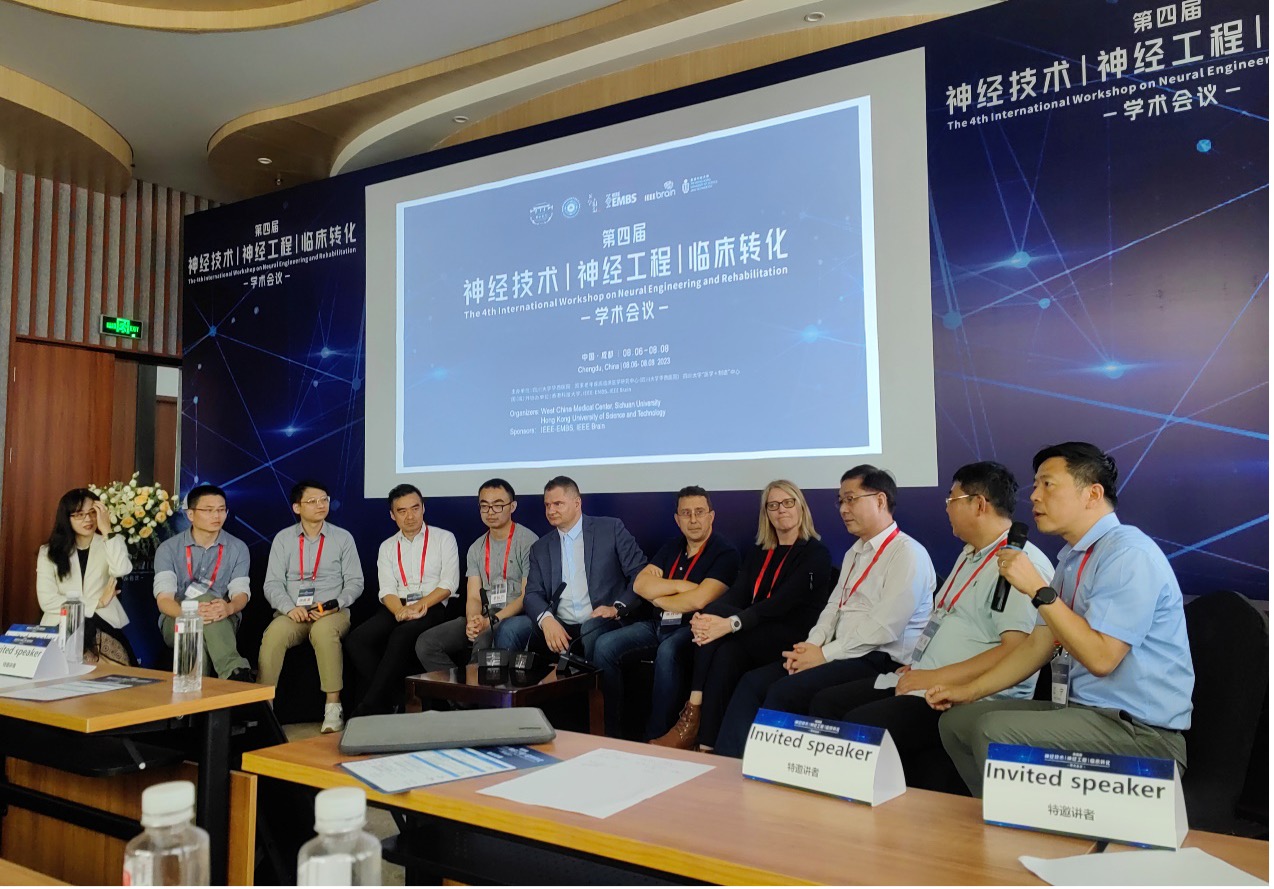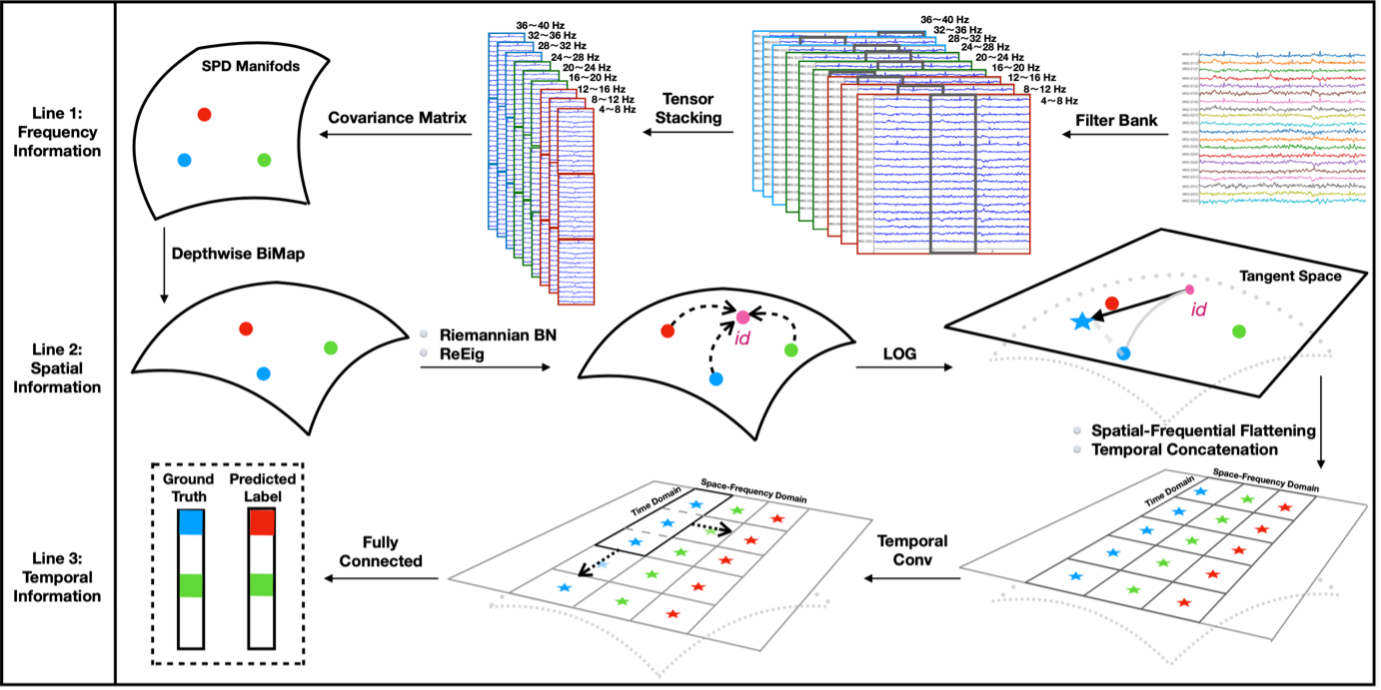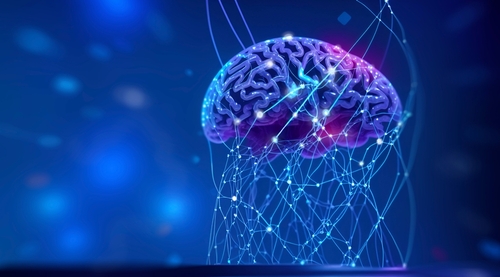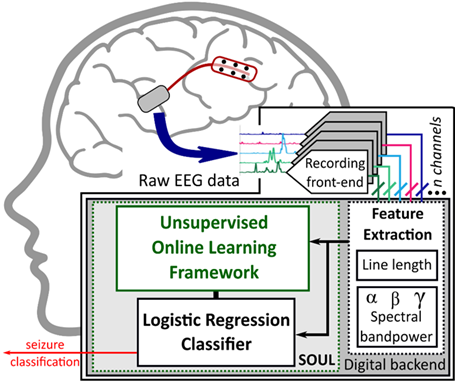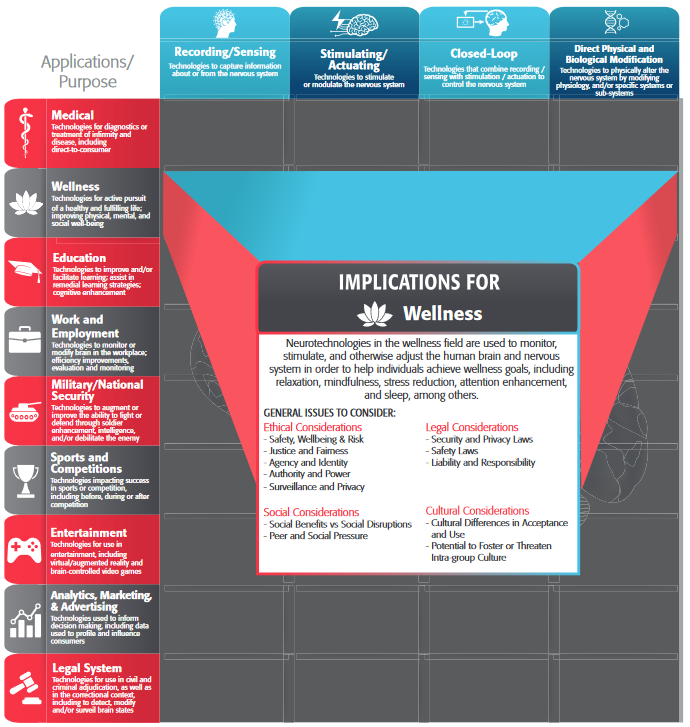The Fourth Symposium on Neurotechnology: Bridging Engineering Medicine for Clinical Applications
In the fast-evolving landscape of medical science and technology, the intersection of neuroscience, engineering, and clinical medicine has given rise to unprecedented opportunities for understanding and treating neurological diseases. From August 6 to 8, 2023, the West China Hospital of Sichuan University, in collaboration with the National Clinical Research Center for Geriatric Diseases and the State Key Laboratory of Mechanical …
Geometric Deep Learning-Based Classifiers for Motor Imagery Classification using Electroencephalograms
Ce Ju and Cuntai Guan School of Computer Science and Engineering at Nanyang Technological University Since changes in sensorimotor rhythms (SMR) occurring within the sensorimotor areas of the brain during motor imagery (MI) can effectively function as control signals for electroencephalography (EEG)-based brain-computer interfaces (BCIs), MI-EEG classification has been a primary area of research in BCIs [1, 2]. During the …
A new paradigm for probabilistic neuromorphic programming
Since it was first introduced neuromorphic hardware has held the promise of capturing some of the efficiency of biological neural computation, which is 3- 6 orders of magnitude more efficient than engineering solutions. To attempt to capture this efficiency, one key feature of biological neural computation that has been replicated in current neuromorphic hardware is its event-based nature. Neural ‘spikes’ are used to transmit information both in neuromorphic hardware and many neurobiological systems to minimize long distance communication energy costs.
Restoring naturalistic speech communication using multimodal speech neuroprosthetics
Speech communication accounts for a significant amount of the social interactions in daily life. Neurological conditions like amyotrophic lateral sclerosis, stroke, brain tumor and traumatic brain injury can lead to the paralysis or impairment of the vocal structures responsible for speech production. For these patients, restoring speech functioning is one of the crucial components for their rehabilitation.
On-chip seizure detectors that learn on their own
Adelson Chua and Rikky Muller Department of Electrical Engineering and Computer Sciences at the University of California, Berkeley Epilepsy affects about 50 million people worldwide and is characterized by recurring seizures that can lead to involuntary movements, loss of consciousness, and even death. Several technology-based solutions for monitoring and treating epilepsy have emerged in recent years involving wearable and implantable …


